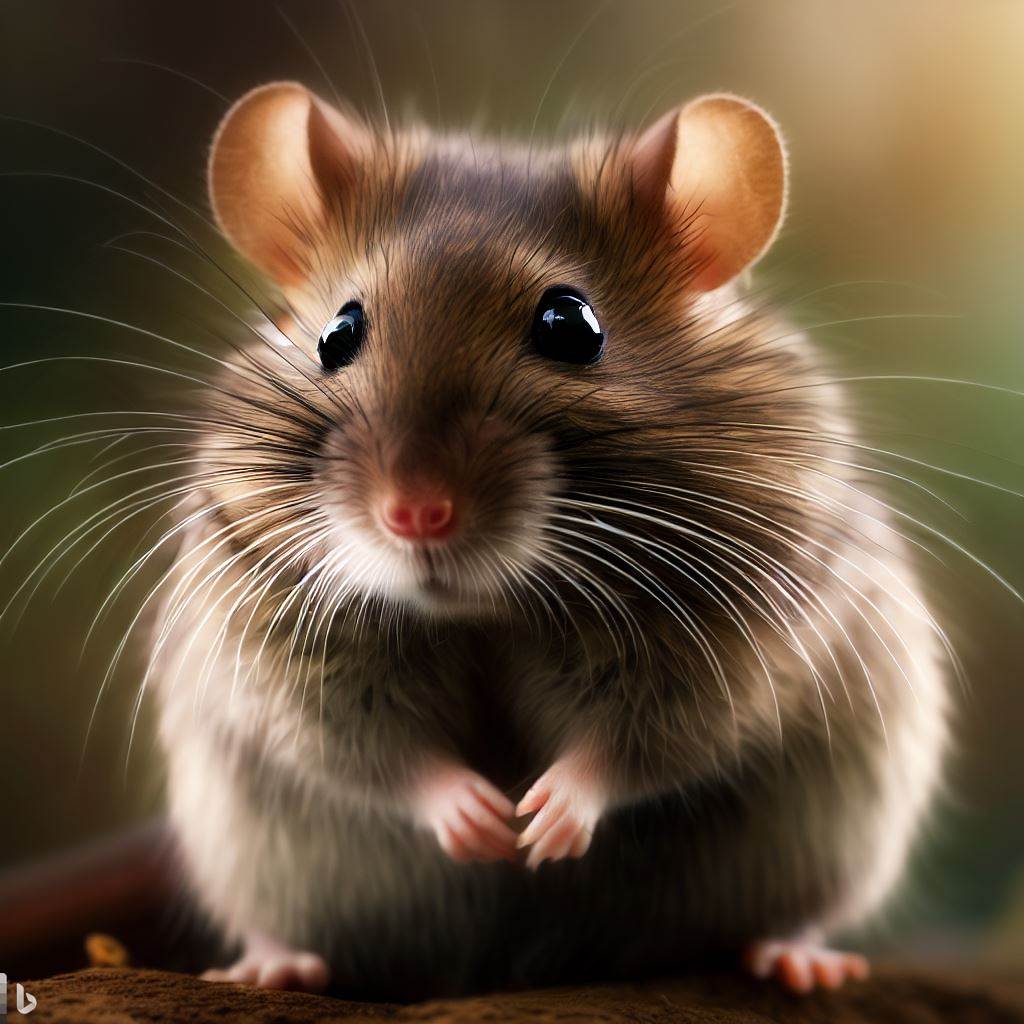
ECO-FRIENDLY PEST CONTROL INC.
Sun - Thur: 8AM - 8PM

Sun - Thur: 8AM - 8PM

Rodents are a diverse group of mammals known for their remarkable adaptability and wide distribution across the globe. From mice and rats to squirrels and beavers, rodents exhibit a range of unique characteristics and behaviors. In this article, we will delve into the fascinating life and habits of rodents, shedding light on their physical attributes, habitat preferences, feeding habits, reproduction, social behavior, and their impact on human environments.
Physical Characteristics: Rodents are characterized by their distinctive front teeth, which continuously grow throughout their lives. They have sharp incisors that enable them to gnaw on various materials, helping them maintain their teeth and access food sources. Rodents come in different sizes and shapes, ranging from tiny mice to larger rats and squirrels. They typically have compact bodies, long tails, and keen senses of hearing, smell, and touch.
Habitat and Range: Rodents are incredibly adaptable and can be found in various habitats worldwide. They inhabit diverse environments, including forests, grasslands, urban areas, and even aquatic habitats. Their ability to thrive in different ecosystems has contributed to their successful colonization across continents, making them one of the most widespread mammalian orders on Earth.
Nocturnal Behavior: Many rodents are primarily nocturnal, meaning they are most active during the night. This behavior helps them avoid predators and maximize their foraging opportunities. Nocturnal rodents have keen night vision and are well-equipped to navigate and find food in low-light conditions.
Diet and Feeding Habits: Rodents have diverse dietary preferences, with some species being herbivorous, others omnivorous, and a few being strictly carnivorous. Herbivorous rodents feed on a variety of plant material, including seeds, fruits, nuts, and vegetation. Omnivorous rodents have a more flexible diet and may consume both plant matter and small animals or insects. Carnivorous rodents, such as some species of rats, primarily feed on meat and carrion.
Reproduction and Life Cycle: Rodents are known for their high reproductive rates and short gestation periods. They can produce multiple litters each year, resulting in rapid population growth. Female rodents build nests and care for their young, which are typically born in a relatively immature state. The offspring develop quickly and reach sexual maturity at a young age, allowing for the continuation of the reproductive cycle.
Social Behavior: Many rodents exhibit social behavior, forming complex social structures within their populations. Some species live in large colonies or family groups, while others are more solitary. Social rodents engage in various forms of communication, including vocalizations, scent marking, and body language, to establish territories, attract mates, and communicate warnings to other group members.
Human Interactions: While rodents play important ecological roles in their respective habitats, their interactions with humans can be both beneficial and problematic. Some rodents, such as rats and mice, can become pests in human dwellings, causing damage to property and transmitting diseases. However, other rodents, like squirrels and beavers, are admired for their ecological contributions and are often viewed as charismatic wildlife species.
Conservation and Management: In certain cases, rodent populations need to be managed to minimize their negative impacts on human activities and ecosystems. Various methods, such as trapping, exclusion techniques, and habitat modification, are employed for rodent control. Additionally, conservation efforts are in place to protect vulnerable or endangered rodent species, recognizing their ecological significance and the need to preserve their habitats.
Rodents are a diverse group of mammals that have successfully adapted to a wide range of environments. Their physical attributes, habitat preferences, feeding habits, reproduction, social behavior, and interactions with humans make them a fascinating subject of study. By understanding their life and habits, we can gain a greater appreciation of these remarkable creatures.